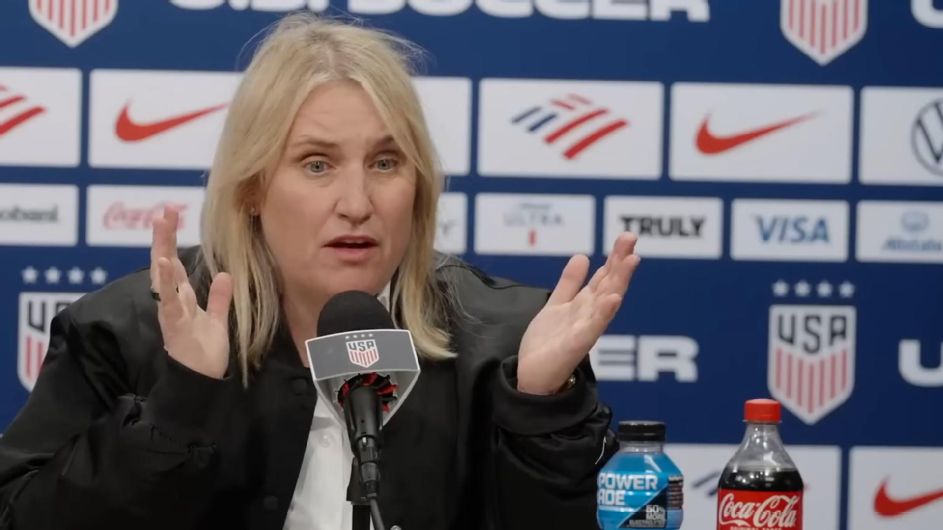
The recent transfer of forward Alyssa Thompson to Chelsea from Angel City FC has ignited a wave of concern within the National Women’s Soccer League (NWSL). Following this significant move, Emma Hayes, the head coach of the U.S. women’s national team (USWNT), addressed the NWSL’s board of governors, emphasizing the importance of player autonomy in a rapidly evolving soccer landscape. Her remarks came in light of speculations that some executives believed she was encouraging USWNT players to pursue opportunities in Europe.
Hayes challenged the NWSL decision-makers by questioning why she would limit the choices of players who have fought for their freedom throughout their careers. The growing trend of USWNT players moving to elite European clubs, such as Chelsea, has sparked a sense of urgency among NWSL executives worried about losing their top talent.
The dynamics of player movement have shifted significantly in recent years, particularly due to the introduction of full free agency in the NWSL’s collective bargaining agreement last year. This change has enabled players to sign contracts with any club, both domestically and internationally, marking a stark contrast to the previous system where U.S. Soccer held substantial control over player contracts.
As Hayes noted, players now have the freedom to determine their futures, which reflects the ongoing evolution of women’s soccer. She stated, “My role as a coach is to listen, to support, to guide,” indicating her commitment to helping players navigate their choices.
The landscape of women’s soccer has changed dramatically, with top European clubs now willing to invest heavily in players. This year alone, six transfers exceeding $1 million have occurred, all involving European or NWSL clubs. The growing financial clout of these teams has made Europe an increasingly attractive destination for top talent.
The historical context of USWNT players moving to Europe reveals a pattern often linked to major international tournaments. For instance, players such as Megan Rapinoe and Alex Morgan previously ventured to clubs like Lyon for greater financial incentives and competitive challenges. The recent departures of players like Naomi Girma and Thompson to Chelsea reflect this continued trend.
In addition to the financial allure, the UEFA Women’s Champions League represents a prestigious competition, drawing players who aspire to compete at the highest level. As Lily Yohannes, an emerging star, remarked, joining a club like Lyon was a dream come true for her, emphasizing the appeal of competing with world-class talent.
Despite the attractive prospects abroad, the NWSL’s current salary cap—set to rise gradually to $5.1 million by 2030—poses a challenge for teams aiming to retain top players. League executives express concerns that unless the salary cap adjusts more proportionately to global market trends, the NWSL may struggle to maintain its status as the premier league for women’s soccer.
The cap’s limitations have raised questions among NWSL teams about their ability to compete for top talent, especially as allocation money is phased out. Some executives have suggested the introduction of a designated player rule, akin to models used in other leagues, in order to attract and retain high-caliber players.
As the transfer landscape continues to evolve, the NWSL must find ways to adapt to a global economy where spending on women’s soccer is rapidly increasing. The recent moves of Thompson and Girma have prompted discussions about the league’s structure and its ability to provide competitive opportunities for American players.
Ultimately, the future of USWNT players’ movements hinges on their individual aspirations and the broader context of women’s soccer. Hayes has reiterated the importance of creating environments where players can thrive, whether that is in the NWSL or abroad. “There are opportunities for players,” she stated, emphasizing the need for clubs to support athletes in reaching their full potential.
As this transition continues, the NWSL faces the challenge of redefining its strategies in order to retain its top talent while fostering an environment that champions player choice and growth.





